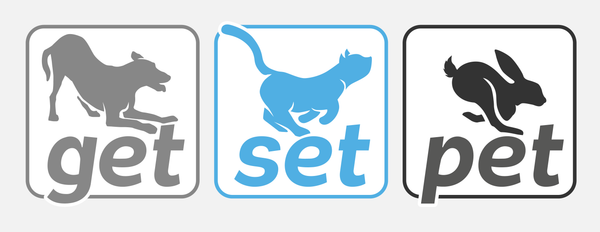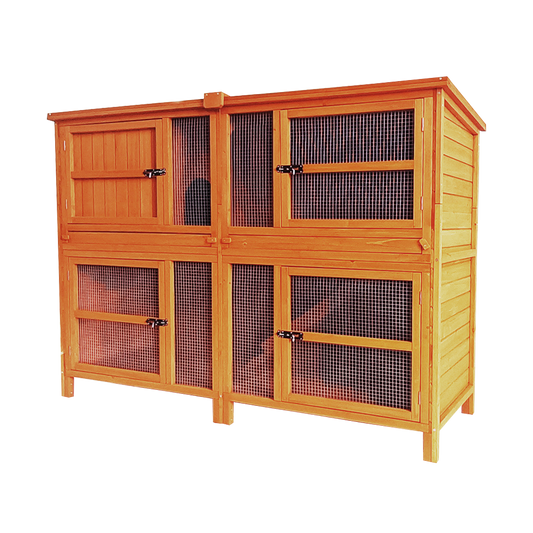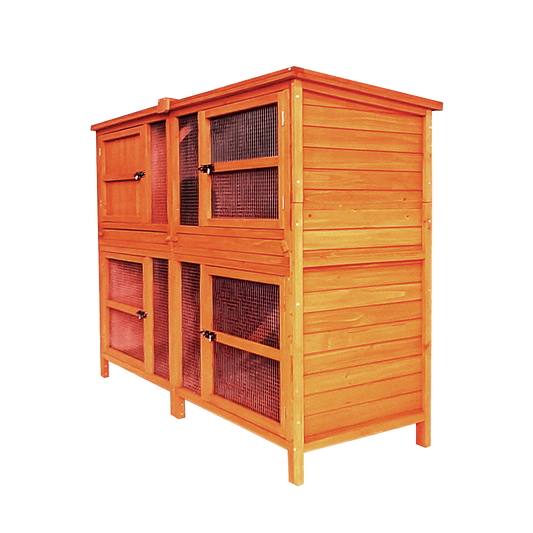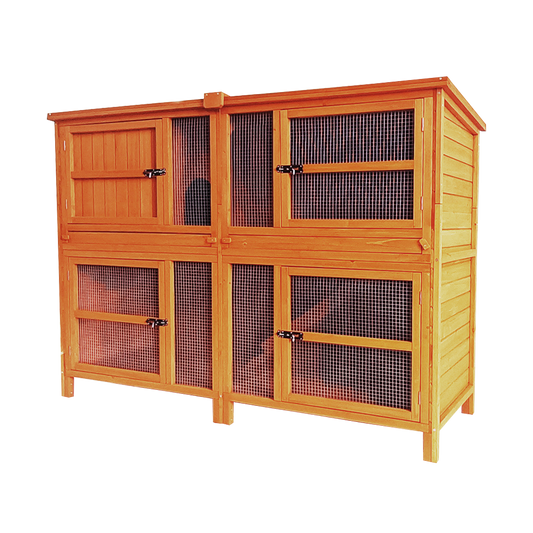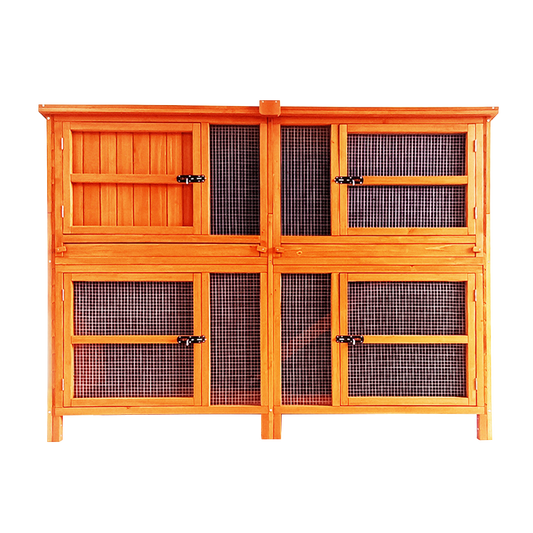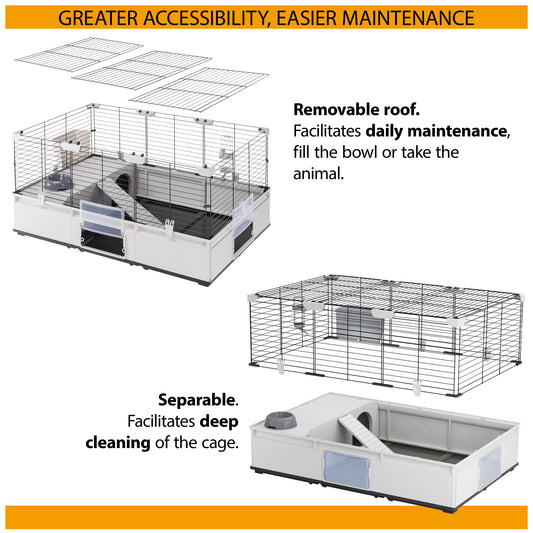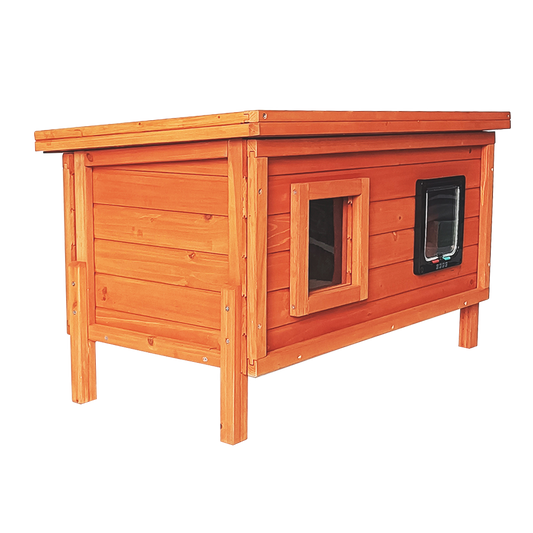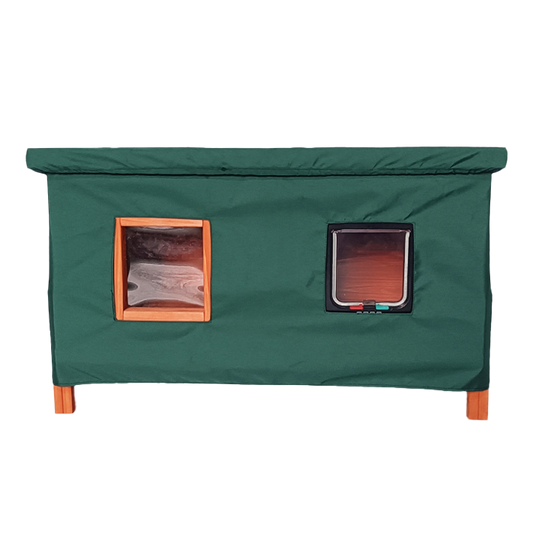As we all know from our own diets, the fresher an ingredient is, the better it tends to be for us. This is because, from the moment an ingredient is harvested, its nutritional levels begin to decline. Vitamins are usually the first to suffer, with levels dropping right from day one and as fats begin to oxidise and microbes start to get stuck in, it’s not long before the food starts to show signs of spoilage.
Fortunately though, when it comes to our pets’ food, correct storage can help to keep things fresher for much longer, maintaining nutrient content and keeping those pesky microbes at bay.
Dry foods
Dry pet foods should be stored in a cool, dry place. Once the bag is opened, it’s best to place any unused food within the original packaging into a secure, airtight container to prevent air, humidity and pests from getting into the food and spoiling it.
Many companies provide purpose-made pet food storage bins but any airtight container of a suitable size will work.
Exposure to oxygen causes fats to turn rancid so it’s always best to roll down the top of pet food bags to force out any excess air.
As with any food, the longer a pet food remains uneaten the lower its nutritional value will fall so buying smaller bags more regularly may be more beneficial than one big bag every few months.
Wet foods
While the packaging is sealed, you can store pet food tins, trays, pouches or cartons as you would any other similarly packaged human food - in your kitchen cupboards etc.
Be sure to make sure the integrity of the packaging remains intact as even a small dent or puncture can compromise the whole pack.
Once opened, it’s important to keep wet pet food cool. Any left overs should be returned to the fridge asap and fed for the next meal.
Can toppers, plastic wraps or airtight glass containers will help to keep the food fresh for as long as possible.
Raw foods
Store-bought raw foods usually come frozen so you will naturally want to keep them in your freezer until it’s time to thaw for eating. If not frozen, raw food should be stored in the refrigerator for no longer than 4 days.
Ideally, raw food meals should be eaten in a single sitting but if there are any leftovers and they have not been sitting out for more than an hour or so, they can be refrigerated and given at the next meal.
For all foods
Be sure to check the best before date and try to buy foods with as much shelf-life remaining as possible. It’s not uncommon for packs of pet food to sit in warehouses or on store shelves for months before they are bought which could dramatically impact on how nutritious they are for your pet.
If you suspect any food is past its best or if the packaging has been compromised at all, it’s generally best to get rid rather than risk poisoning your pet.
If you enjoyed this article, have a look at:
